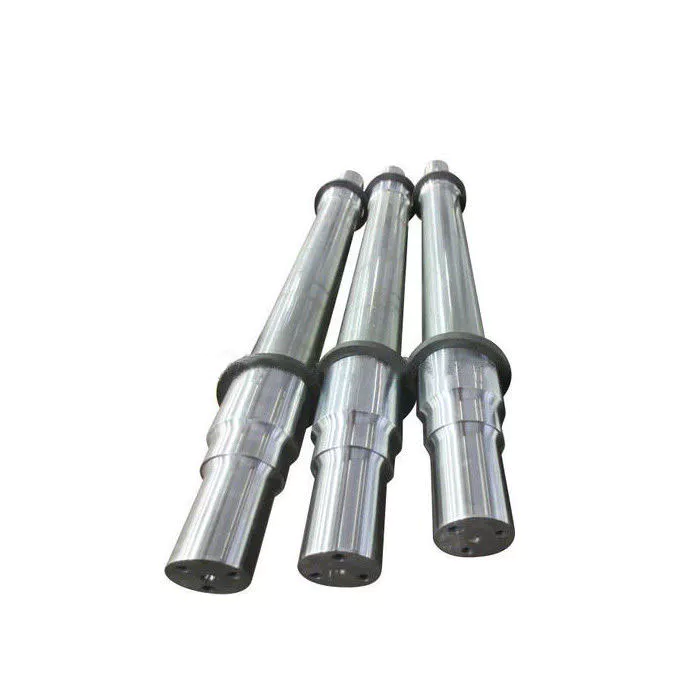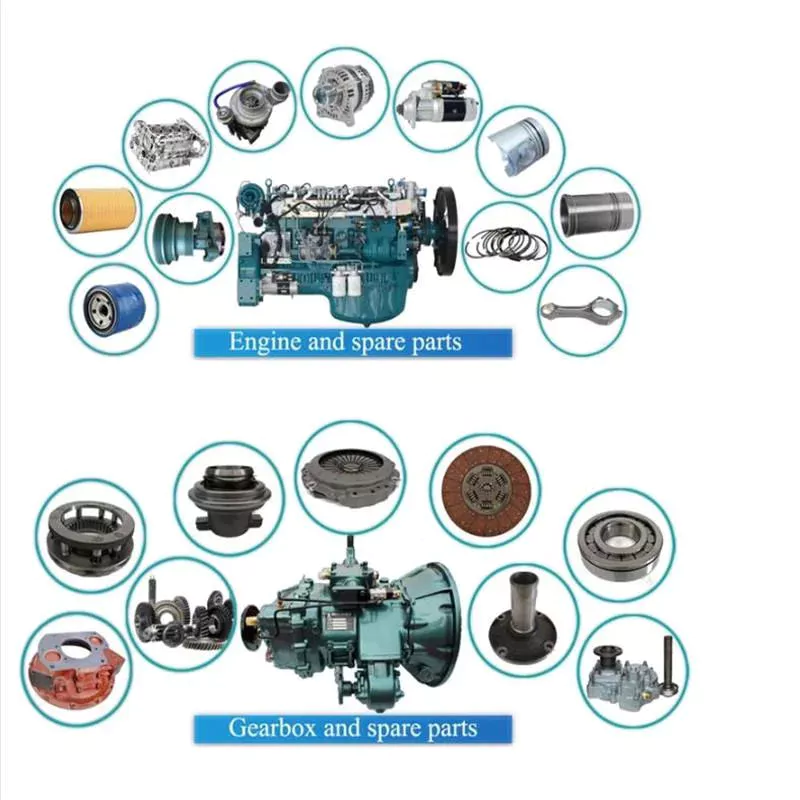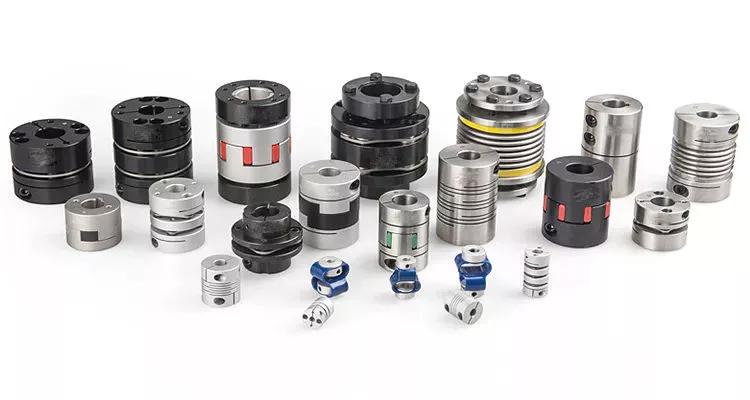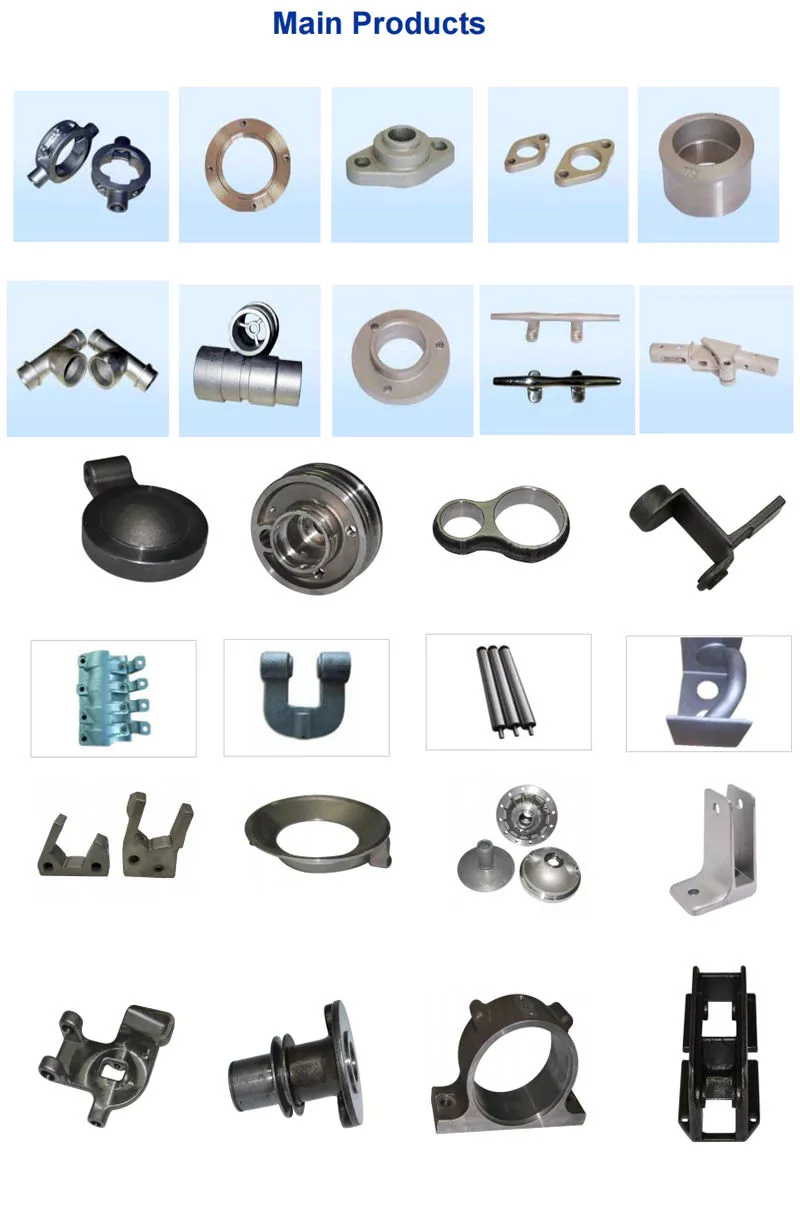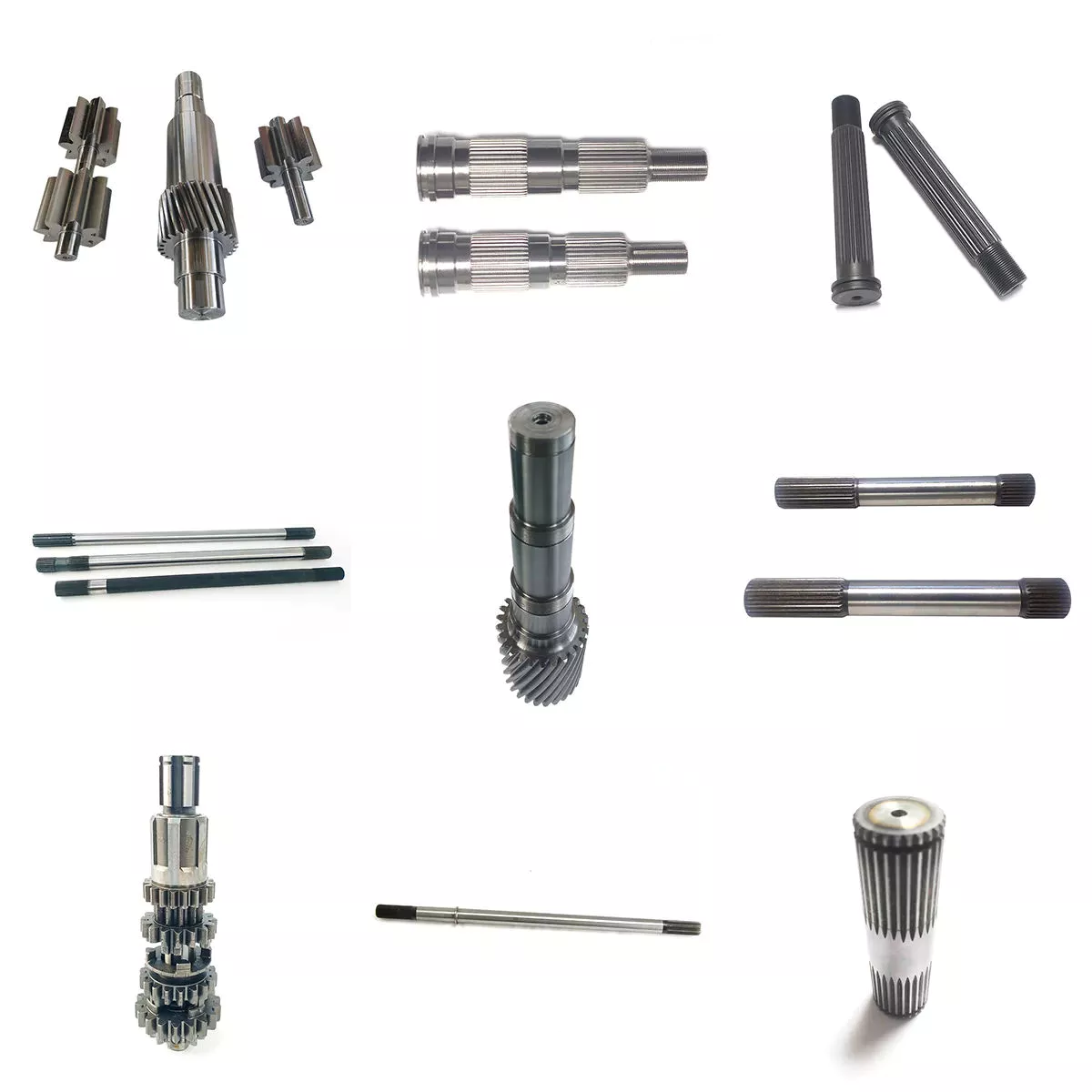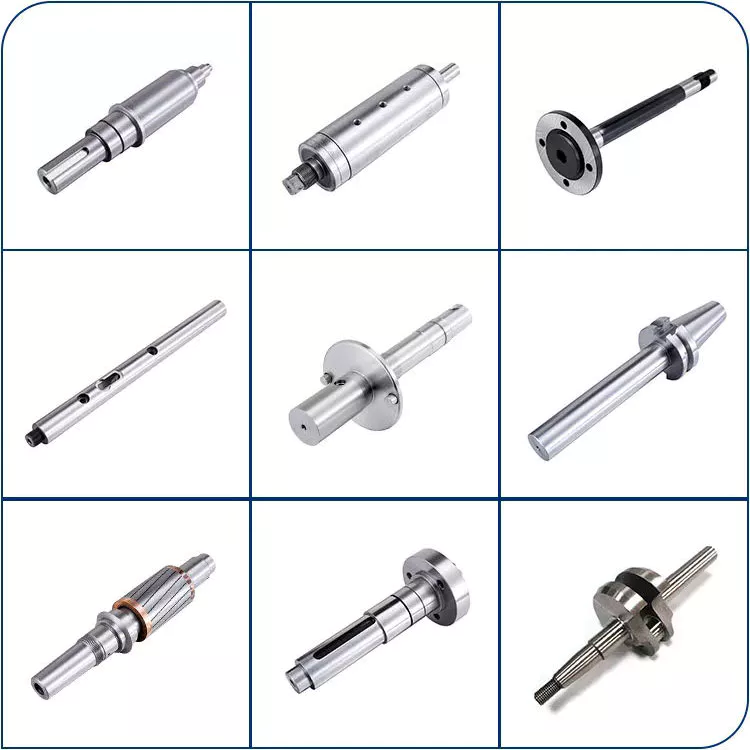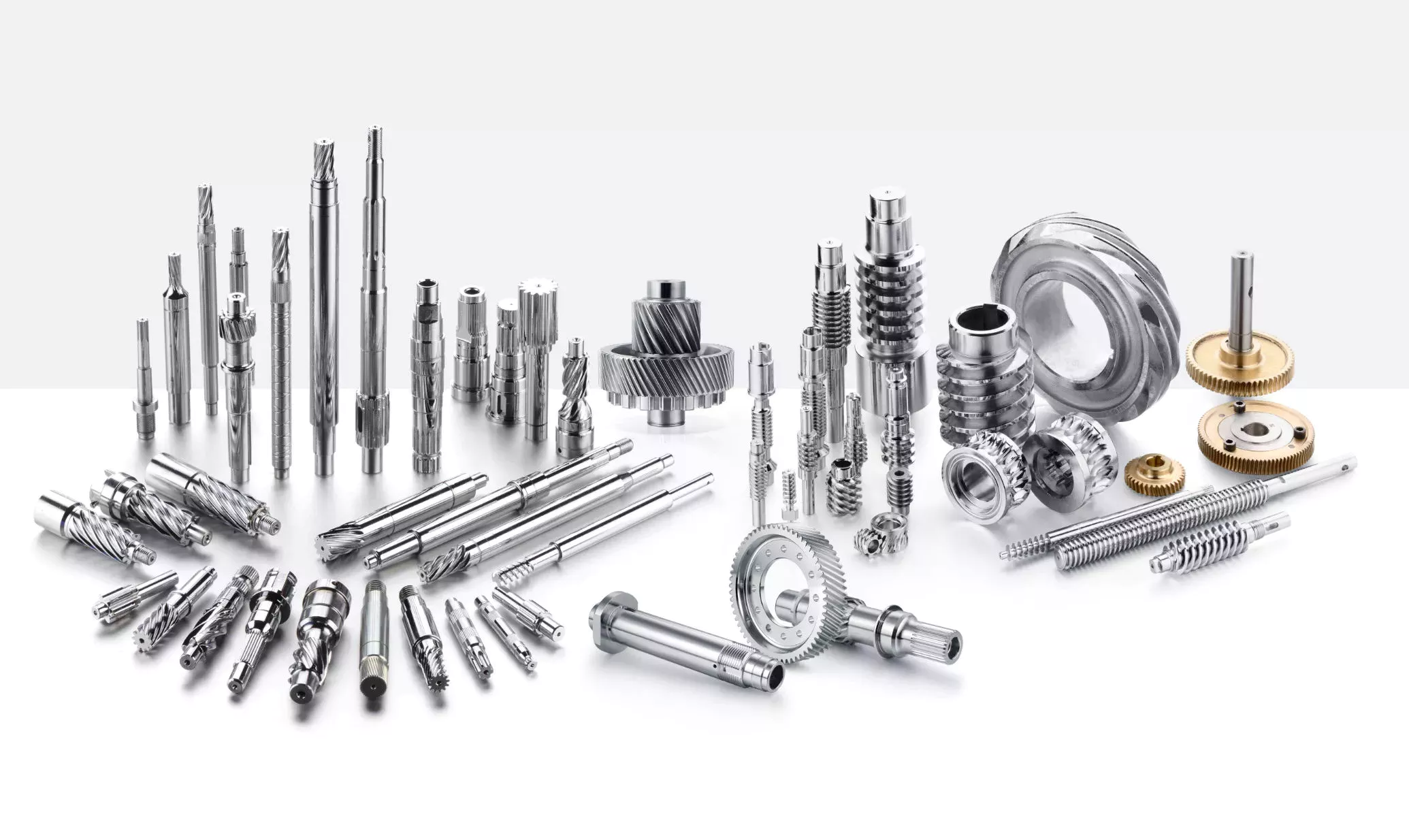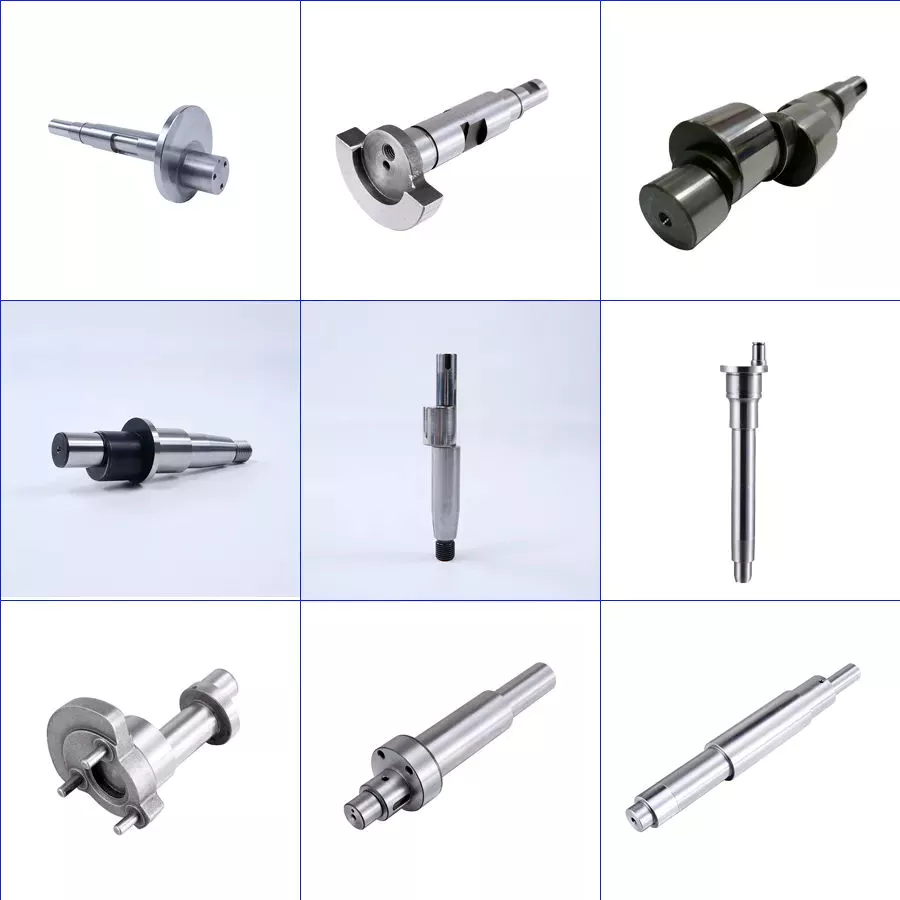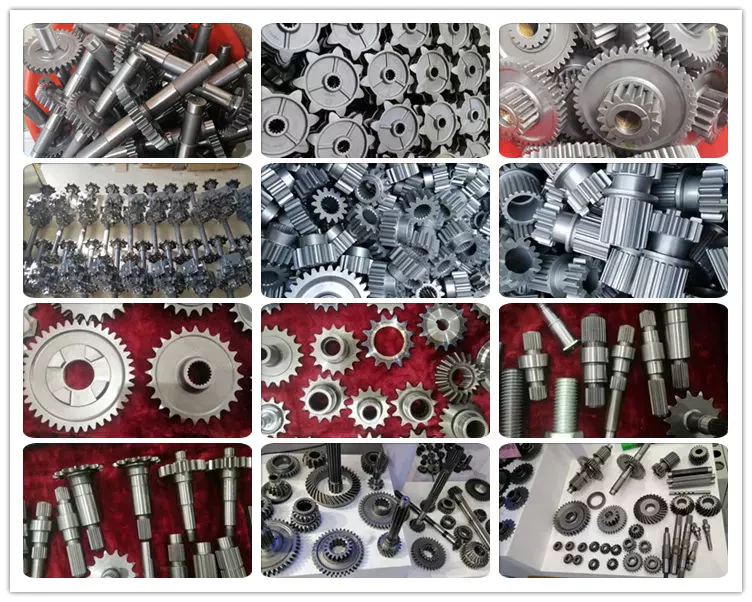Issue: New
Plastic Variety: Abs, Personal computer, PE, PET, PP, PP/PE, PS, PVC
Machine Sort: shredder Scarp Tyre
Max.Manufacturing Ability (kg/h): 25 kg/h
Use: Waste Plastic Crusher
Voltage: 380V
Dimension(L*W*H): 2800*1500*1600
Power (kW): forty five
Fat (T): 3
Guarantee: 1 Calendar year
Applicable Industries: Advertising and marketing Firm, Design works , Vitality & Mining, Farms, Meals & Beverage Manufacturing unit, Foodstuff & Beverage Retailers, Production Plant, All In One particular Screw Air-compressors Cost With Air Dryer And Air Tank Other, Printing Shops, Restaurant
Important Marketing Points: Reduced Servicing Expense
Showroom Location: None
Machinery Test Report: Supplied
Movie outgoing-inspection: Supplied
Warranty of core components: 1 12 months
Main Elements: Gearbox, Motor, Equipment, PLC, Motor
Operate: Waste Content Shredder
Crushing content: PET PE PP PVC Abs
Final merchandise: Tiny Plastic Scraps
Function: Substantial Effectiveness Safety Prolonged Life
Ideal content: Huge Blocks
Application: squander tyre recycling plant
Other name: organic and natural waste shredder
Blades content: T10/9CrSi/SKD-11/ Personalized
Shaft: Double Spline
Benefit: Substantial Effectiveness Reduced Strength Usage
Packaging Information: Picket case or customized
Port: HangZhou
Merchandise
| Model parameters | ||||||
| Design | Knife thickness(mm) | Crushing Chamber measurement(mm) | Capacity(T/h) | Electrical power(kw) | Total dimension (Meters) | Cutter head diameter(mm) |
| 600 | ten-15 | 220-260 | .3-five | eleven-22 | two.5*1.5*1.nine | 600*550 |
| 800 | ten-a hundred | 260-450 | .5-six | 18.5-37 | 3.8*1.75*2.3 | 800*750 |
| a thousand | 10-100 | 400-five hundred | 1-fifteen | 30-45 | 4.2*1.8*2.5 | one thousand*850 |
| 1200 | 15-one hundred | 420-600 | 1.5-20 | 37-forty five | four.5*1.9*2.eight | 1200*950 |
| 1400 | 15-a hundred | 450-600 | two-twenty five | 45-seventy five | 5*2*3 | 1400*1050 |
| 1600 | fifteen-one hundred | five hundred-650 | 3-35 | seventy five-ninety | 5.5*2*3.two | 1600*1150 |
| 1800 | 15-100 | 600-800 | four-forty five | ninety-125 | six*2.2*3.five | 1800*1400 |
Shredded exhibit
Item particulars
Manufacturing unit introduction
Exhibition photographs
Packaging & Shipping and delivery
FAQone.What is your minimum get amount, can you deliver me samples?
Our minimal amount is 1 set, as our item is machinery products, it’s challenging to send out you samples, even so,we can send you catalog, Rolling machine part steelrolling mill equipment personalized reducer gearbox rates warmly welcome you to arrive check out our business
2.What is the shipping time of your device?
In common, the supply time of our machine is about thirty days, custom-made equipment will be delivered as the negotiation with our clientele.
three.Can the device be tailored as our require, this sort of as place on our logo?
Definitely our machine can be personalized as your need to have, Put on your emblem is also offered.
four.About the soon after-sale service, how can you remedy the troubles happened of your abroad buyer in time?
The guarantee of our device is usually twelve months, in the course of this time period, we will organize the international convey right away, to make confident the replace elements to be delivered as quickly as possible.
5.Right after we putting an buy, will you set up the set up of the machine at present?
All the devices will be analyzed effectively just before delivered, so nearly of them can be used immediately, also our equipment are simple to be mounted, if you client needs our support, we will be delighted to organize the set up, China manufactured NMRV30 series aluminium little worm gearboxs speed reducer for nema 23 stepper motor or BLDC motor but all the cost will be billed by you.
The Benefits of Spline Couplings for Disc Brake Mounting Interfaces
Spline couplings are commonly used for securing disc brake mounting interfaces. Spline couplings are often used in high-performance vehicles, aeronautics, and many other applications. However, the mechanical benefits of splines are not immediately obvious. Listed below are the benefits of spline couplings. We’ll discuss what these advantages mean for you. Read on to discover how these couplings work.
Disc brake mounting interfaces are splined
There are two common disc brake mounting interfaces – splined and six-bolt. Splined rotors fit on splined hubs; six-bolt rotors will need an adapter to fit on six-bolt hubs. The six-bolt method is easier to maintain and may be preferred by many cyclists. If you’re thinking of installing a disc brake system, it is important to know how to choose the right splined and center lock interfaces.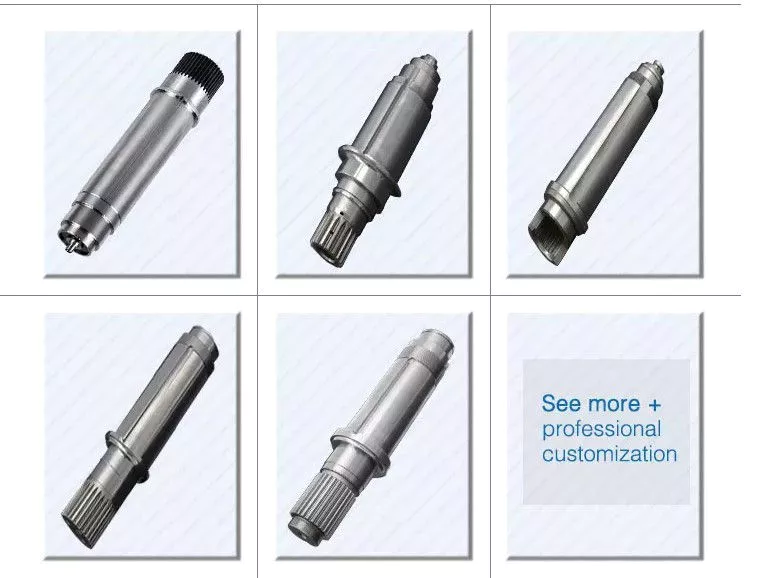
Aerospace applications
The splines used for spline coupling in aircraft are highly complex. While some previous researches have addressed the design of splines, few publications have tackled the problem of misaligned spline coupling. Nevertheless, the accurate results we obtained were obtained using dedicated simulation tools, which are not commercially available. Nevertheless, such tools can provide a useful reference for our approach. It would be beneficial if designers could use simple tools for evaluating contact pressure peaks. Our analytical approach makes it possible to find answers to such questions.
The design of a spline coupling for aerospace applications must be accurate to minimize weight and prevent failure mechanisms. In addition to weight reduction, it is necessary to minimize fretting fatigue. The pressure distribution on the spline coupling teeth is a significant factor in determining its fretting fatigue. Therefore, we use analytical and experimental methods to examine the contact pressure distribution in the axial direction of spline couplings.
The teeth of a spline coupling can be categorized by the type of engagement they provide. This study investigates the position of resultant contact forces in the teeth of a spline coupling when applied to pitch diameter. Using FEM models, numerical results are generated for nominal and parallel offset misalignments. The axial tooth profile determines the behavior of the coupling component and its ability to resist wear. Angular misalignment is also a concern, causing misalignment.
In order to assess wear damage of a spline coupling, we must take into consideration the impact of fretting on the components. This wear is caused by relative motion between the teeth that engage them. The misalignment may be caused by vibrations, cyclical tooth deflection, or angular misalignment. The result of this analysis may help designers improve their spline coupling designs and develop improved performance.
CZPT polyimide, an abrasion-resistant polymer, is a popular choice for high-temperature spline couplings. This material reduces friction and wear, provides a low friction surface, and has a low wear rate. Furthermore, it offers up to 50 times the life of metal on metal spline connections. For these reasons, it is important to choose the right material for your spline coupling.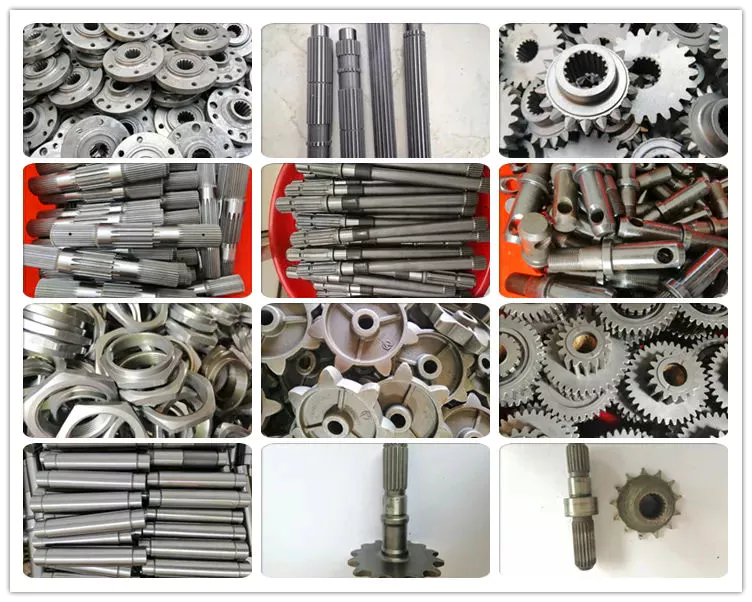
High-performance vehicles
A spline coupler is a device used to connect splined shafts. A typical spline coupler resembles a short pipe with splines on either end. There are two basic types of spline coupling: single and dual spline. One type attaches to a drive shaft, while the other attaches to the gearbox. While spline couplings are typically used in racing, they’re also used for performance problems.
The key challenge in spline couplings is to determine the optimal dimension of spline joints. This is difficult because no commercial codes allow the simulation of misaligned joints, which can destroy components. This article presents analytical approaches to estimating contact pressures in spline connections. The results are comparable with numerical approaches but require special codes to accurately model the coupling operation. This research highlights several important issues and aims to make the application of spline couplings in high-performance vehicles easier.
The stiffness of spline assemblies can be calculated using tooth-like structures. Such splines can be incorporated into the spline joint to produce global stiffness for torsional vibration analysis. Bearing reactions are calculated for a certain level of misalignment. This information can be used to design bearing dimensions and correct misalignment. There are three types of spline couplings.
Major diameter fit splines are made with tightly controlled outside diameters. This close fit provides concentricity transfer from the male to the female spline. The teeth of the male spline usually have chamfered tips and clearance with fillet radii. These splines are often manufactured from billet steel or aluminum. These materials are renowned for their strength and uniform grain created by the forging process. ANSI and DIN design manuals define classes of fit.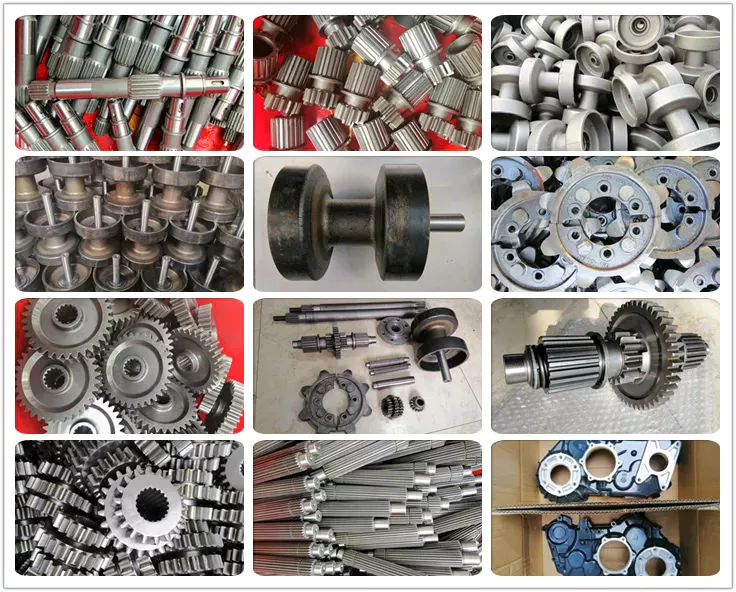
Disc brake mounting interfaces
A spline coupling for disc brake mounting interfaces is a type of hub-to-brake-disc mount. It is a highly durable coupling mechanism that reduces heat transfer from the disc to the axle hub. The mounting arrangement also isolates the axle hub from direct contact with the disc. It is also designed to minimize the amount of vehicle downtime and maintenance required to maintain proper alignment.
Disc brakes typically have substantial metal-to-metal contact with axle hub splines. The discs are held in place on the hub by intermediate inserts. This metal-to-metal contact also aids in the transfer of brake heat from the brake disc to the axle hub. Spline coupling for disc brake mounting interfaces comprises a mounting ring that is either a threaded or non-threaded spline.
During drag brake experiments, perforated friction blocks filled with various additive materials are introduced. The materials included include Cu-based powder metallurgy material, a composite material, and a Mn-Cu damping alloy. The filling material affects the braking interface’s wear behavior and friction-induced vibration characteristics. Different filling materials produce different types of wear debris and have different wear evolutions. They also differ in their surface morphology.
Disc brake couplings are usually made of two different types. The plain and HD versions are interchangeable. The plain version is the simplest to install, while the HD version has multiple components. The two-piece couplings are often installed at the same time, but with different mounting interfaces. You should make sure to purchase the appropriate coupling for your vehicle. These interfaces are a vital component of your vehicle and must be installed correctly for proper operation.
Disc brakes use disc-to-hub elements that help locate the forces and displace them to the rim. These elements are typically made of stainless steel, which increases the cost of manufacturing the disc brake mounting interface. Despite their benefits, however, the high braking force loads they endure are hard on the materials. Moreover, excessive heat transferred to the intermediate elements can adversely affect the fatigue life and long-term strength of the brake system.


editor by czh 2023-02-19
